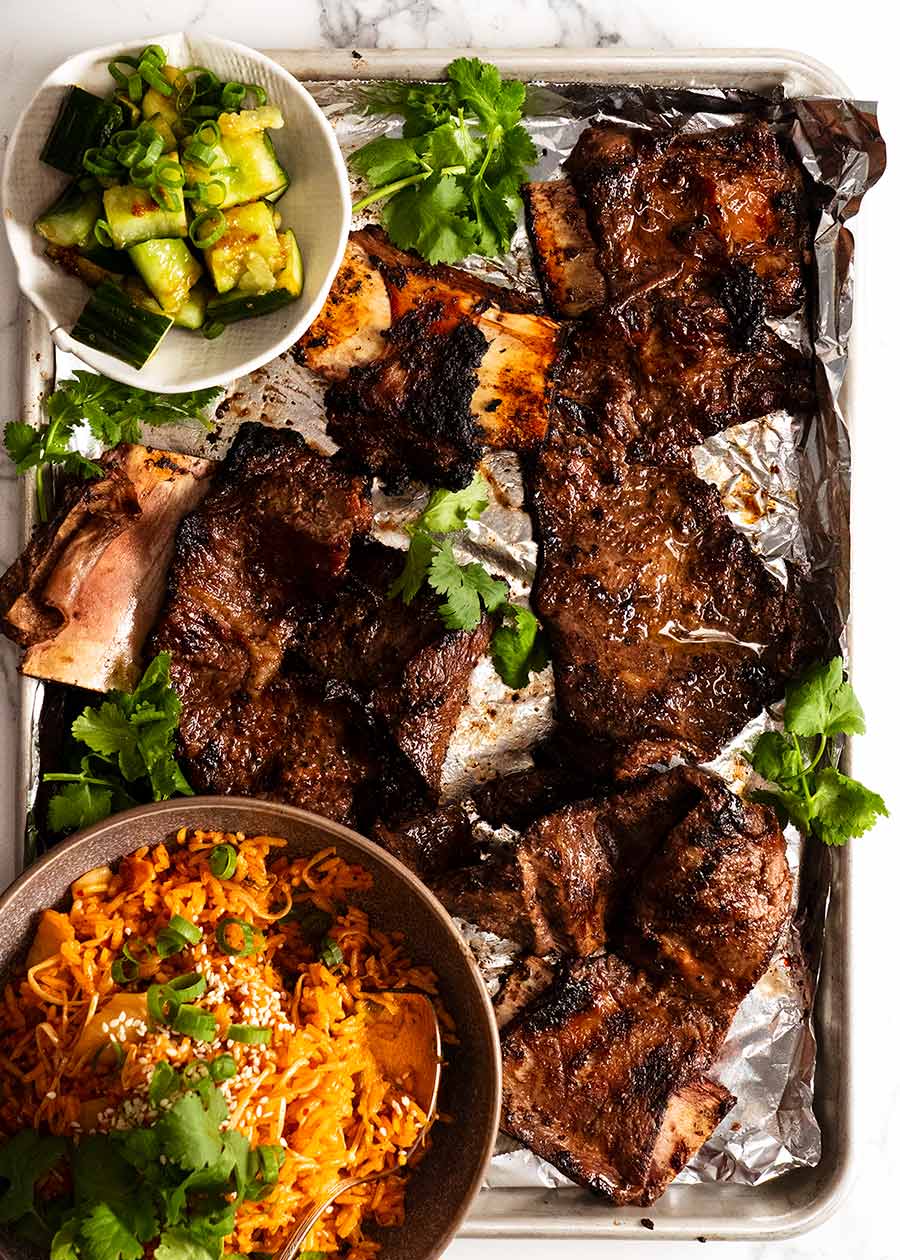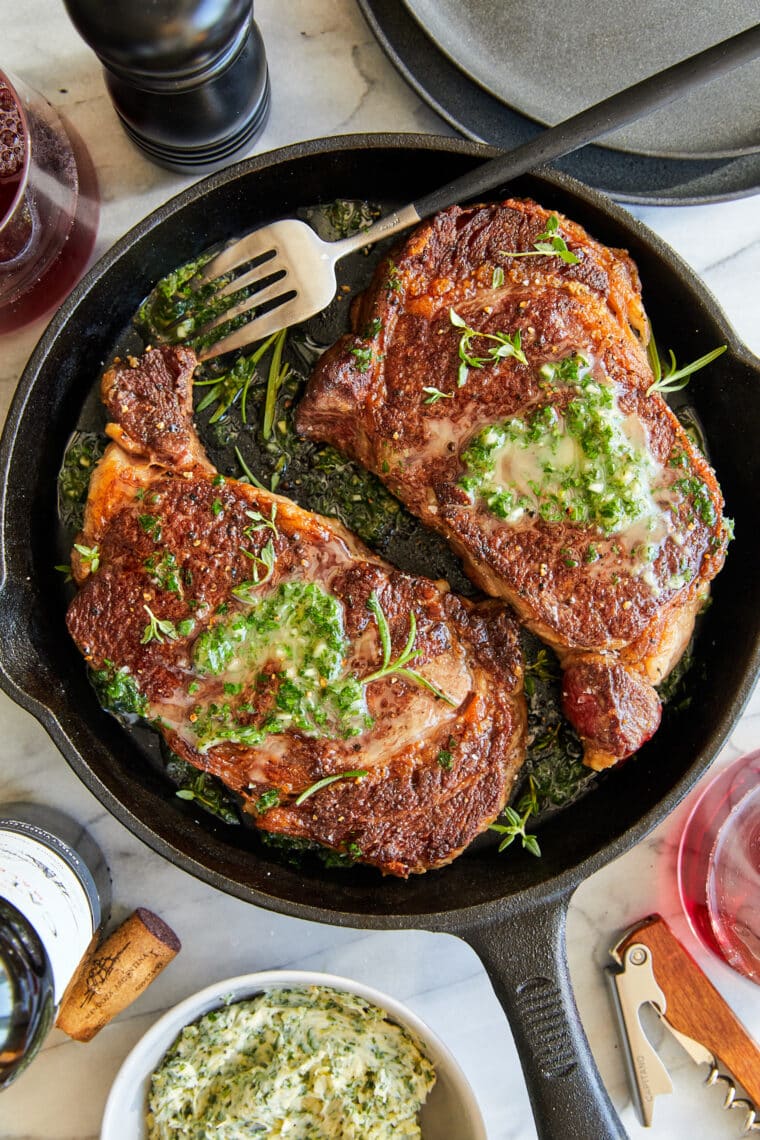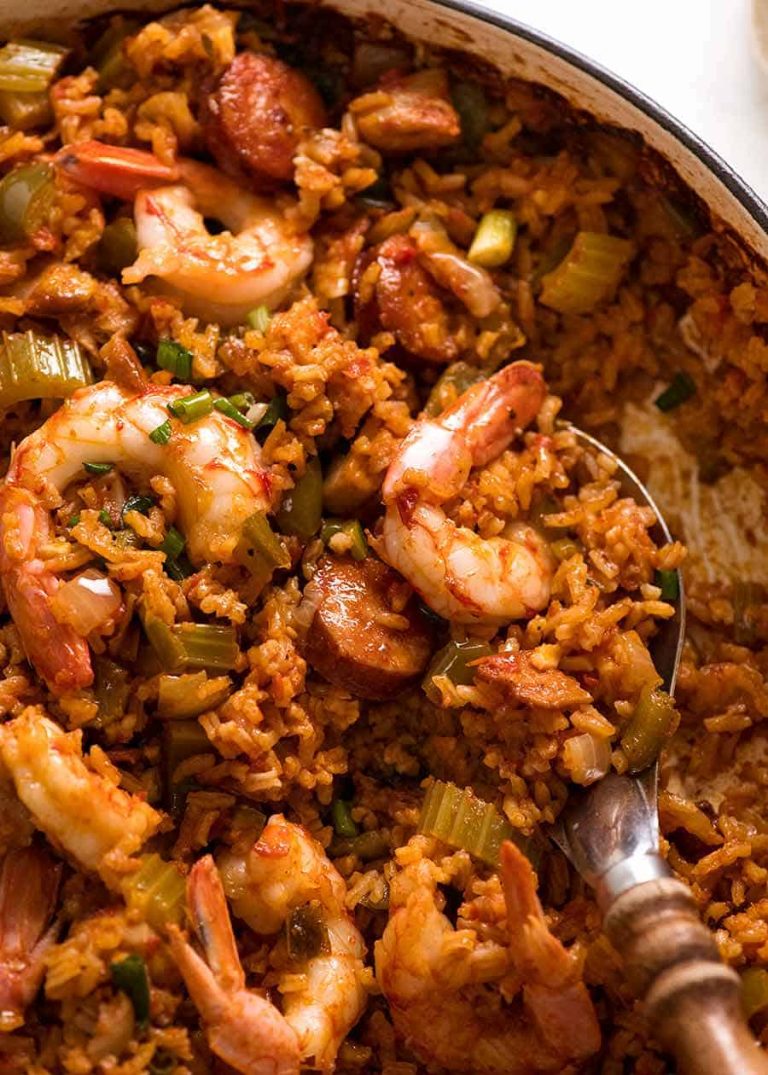Chinese Spareribs: History, Recipes, and Perfect Pairings for a Flavorful Meal
Chinese spareribs originate from traditional Chinese cuisine, known for its emphasis on flavors and marinades. Historically, Chinese chefs began incorporating spare pork ribs into their recipes during the Tang Dynasty (618-907 AD). These early recipes highlighted the use of soy sauce, ginger, and garlic.
Spareribs became symbolic in Chinese culture, often served during festivals and family gatherings. These ribs represent prosperity and abundance, owing to their rich and savory taste. In Chinese households, preparing spareribs showcases culinary skill and hospitality.
Evolution of the Recipe
Over centuries, the recipe for Chinese spareribs evolved significantly. Initially, chefs primarily used a basic marinade of soy sauce and vinegar. As trade routes expanded during the Song Dynasty (960-1279 AD), new ingredients like hoisin sauce and star anise were introduced.
In modern times, regional variations emerged. For instance, Cantonese-style spareribs are sweeter, using honey and garlic, while Sichuan-style spareribs include spicy elements with chili peppers and Sichuan peppercorns. Culinary innovation continues as contemporary chefs adapt traditional recipes with fusion techniques and local ingredients, making Chinese spareribs a global culinary favorite.
Key Ingredients in Chinese Spareribs
Essential Spices and Sauces
Essential spices and sauces define the distinct flavor profile of Chinese spareribs. Hoisin sauce, soy sauce, and five-spice powder are commonly used. Hoisin sauce adds a sweet and salty flavor, soy sauce provides umami depth, and five-spice powder—including star anise, cloves, Chinese cinnamon, Sichuan peppercorns, and fennel seeds—offers a complex aroma.
Garlic and ginger are critical in marinades, enhancing both flavor and aroma. Rice wine or Shaoxing wine provides subtle sweetness and depth of flavor. For a touch of heat, chili flakes or Sichuan peppercorns can be added.
Meat Selection and Preparation
Choose high-quality pork ribs for authentic Chinese spareribs. Baby back ribs or St. Louis-style ribs work well. Inspect the ribs for good marbling, ensuring tenderness and rich flavor.
Trim any excess fat from the ribs before marinating. For optimal flavor absorption, marinate the ribs for at least several hours with the essential spices and sauces. Overnight marination is ideal for deeper infusion.
For tender and flavorful ribs, cook them slowly over low heat, either by braising, baking, or grilling. Consistent basting with marinade keeps the ribs moist and prevents them from drying out.
Cooking Techniques for Chinese Spareribs
Traditional Cooking Methods
Traditional cooking methods for Chinese spareribs involve slow-cooking techniques to ensure tenderness and flavor. Braising stands out as a common method, where ribs cook in a fragrant broth of soy sauce, rice wine, and spices (e.g., star anise). Slow simmering breaks down connective tissues, making the meat melt-in-your-mouth tender.
Steaming is another traditional method. It preserves the ribs’ natural juices and flavors. Marinated spareribs are placed in a steamer basket and cooked over boiling water until tender. This method requires about 1-2 hours, depending on the thickness of the ribs.
Roasting or char siu-style preparation involves marinating the ribs in a sweet and savory sauce composed of hoisin sauce, honey, and soy sauce, then oven-cooking or grilling. The method takes approximately 2-3 hours at a low temperature.
Modern Adaptations
Modern adaptations include methods that reduce cooking time while retaining authentic flavors. Pressure cooking presents a faster option, cooking spareribs in under 30 minutes. This method uses high-pressure steam to tenderize the meat while maintaining the marinade’s flavor.
The sous vide technique involves vacuum-sealing marinated ribs and cooking them in a water bath at a precise temperature. This method guarantees even cooking and usually finishes with a quick grill or broil to achieve a crispy exterior.
Air frying has gained popularity for its efficiency and ability to produce crispy, flavorful ribs. Marinated ribs cook in an air fryer at high heat, taking around 20-25 minutes. This method provides a healthier alternative to traditional deep-frying while preserving the signature taste.
By exploring these traditional and modern techniques, you can create Chinese spareribs tailored to your preferences and schedule, ensuring exceptional flavor and texture.
Popular Variations of Chinese Spareribs
Regional Differences in China
Chinese spareribs come in distinct flavors, with regional styles showcasing unique ingredients and cooking methods.
- Cantonese Spareribs: Cantonese-style spareribs, also known as Char Siu, use a sweet and savory marinade. Ingredients like hoisin sauce, honey, and soy sauce create a caramelized exterior and tender interior.
- Sichuan Spareribs: Sichuan spareribs feature bold, spicy flavors. Ingredients like Sichuan peppercorns, chili paste, and garlic give a numbing spiciness balanced by sweet soy sauce and brown sugar.
- Shanghai Spareribs: Known as “Wuxi Ribs,” these ribs highlight a braised cooking method. Ingredients like soy sauce, sugar, and aromatic spices are used to achieve a rich, sweet flavor with a slightly sticky glaze.
Global Interpretations
Chinese spareribs, adapted globally, combine traditional techniques with local flavors. These variations offer a unique twist on the classic dish.
- American-Chinese Spareribs: In American-Chinese cuisine, spareribs often reflect a blend of Chinese and American barbecue styles. Ingredients like ketchup, soy sauce, and honey create a fusion of sweet and tangy flavors, typically prepared by grilling or baking.
- Thai-Chinese Spareribs: Thai adaptations of Chinese spareribs incorporate local spices and herbs. Ingredients like lemongrass, fish sauce, and Thai basil add complexity and freshness, often prepared with a balance of sweet, sour, and spicy flavors.
- Korean-Chinese Spareribs: Korean versions add gochujang (fermented chili paste) and sesame oil to achieve a spicy, savory profile. The ribs are usually marinated and grilled, resulting in a slightly smoky and robust flavor.
By exploring these popular variations, you expand your culinary repertoire and appreciate the diverse ways to enjoy Chinese spareribs.
Pairing and Serving Suggestions
Suitable Side Dishes
Complement Chinese spareribs with various side dishes to enhance your meal. Choose from steamed rice, which absorbs the rich flavors of the ribs’ sauce, and fried rice, often mixed with vegetables and occasionally shrimp or chicken. Opt for stir-fried vegetables like bok choy, broccoli, or snow peas to balance the savory meat with fresh crunch. Consider serving pickled vegetables, such as pickled radish or kimchi, for a tangy contrast.
Beverage Pairings
Select beverages that match the robust flavors of Chinese spareribs. Light, crisp beers like lagers or pilsners cleanse your palate and enhance subtle flavors. Try green tea, known for its astringency, to cut through the richness of the ribs. For wine lovers, a medium-bodied red, such as Merlot or Zinfandel, complements the savory and sweet profile of the dish. Moreover, sake offers an excellent pairing by introducing a unique, refined taste.
Conclusion
Chinese spareribs offer a rich tapestry of flavors and textures that reflect centuries of culinary tradition. Whether you’re savoring the sweet and tangy notes of Cantonese ribs or the fiery kick of Sichuan variations, there’s a style to suit every palate. Experiment with different regional recipes or even try your hand at global interpretations to discover your favorite. Pair your spareribs with complementary sides and beverages to elevate your dining experience. Dive into the world of Chinese spareribs and enjoy a delicious journey through one of China’s most beloved dishes.






